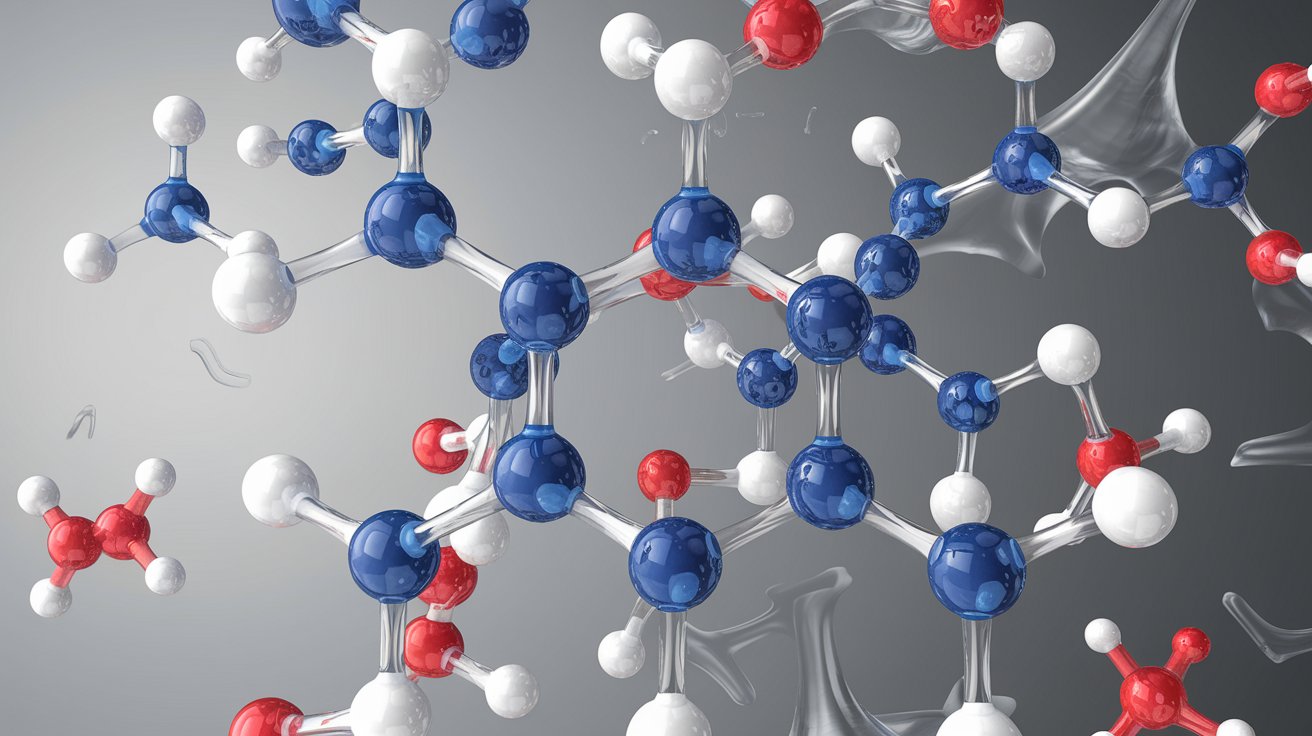
Iron Dodecacarbonyl might sound like a mouthful, but it's a fascinating compound with a lot to offer. This chemical marvel, known scientifically as Fe(CO)₁₂, is a cluster compound featuring iron and carbon monoxide. What makes Iron Dodecacarbonyl so special? It's used in various industrial applications, from catalysis to organic synthesis. Its unique structure and properties make it a subject of interest for chemists and researchers alike. Whether you're a science enthusiast or just curious about the world of chemistry, these 30 facts will give you a deeper understanding of this intriguing compound. Let's dive into the world of Iron Dodecacarbonyl and uncover its secrets!
Key Takeaways:
- Iron dodecacarbonyl is a unique chemical compound with three iron atoms surrounded by carbon monoxide ligands. It has applications in industry and ongoing research for potential use in nanotechnology and sustainable chemical production.
- Handle iron dodecacarbonyl with caution due to its sensitivity to air and light, as well as potential health hazards. It is used in the production of fine chemicals, magnetic nanoparticles, and as a precursor for research purposes.
What is Iron Dodecacarbonyl?
Iron dodecacarbonyl, also known as triiron dodecacarbonyl, is a fascinating chemical compound with the formula Fe₃(CO)₁₂. This compound is a cluster of three iron atoms surrounded by twelve carbon monoxide ligands. It has unique properties and applications in various fields.
-
Iron dodecacarbonyl is a metal carbonyl compound, meaning it contains metal atoms bonded to carbon monoxide ligands.
-
The compound appears as orange-red crystals that are sensitive to air and light.
-
It is soluble in organic solvents like benzene, toluene, and chloroform.
-
The molecular structure consists of three iron atoms forming a triangle, with each iron atom bonded to four carbon monoxide ligands.
-
Iron dodecacarbonyl is often used as a precursor in the synthesis of other iron-containing compounds.
Historical Background
The discovery and development of iron dodecacarbonyl have an interesting history. Understanding its origins helps appreciate its significance in chemistry.
-
Iron dodecacarbonyl was first synthesized in 1926 by the German chemist Walter Hieber.
-
Hieber's work on metal carbonyls laid the foundation for the field of organometallic chemistry.
-
The synthesis of iron dodecacarbonyl involved the reaction of iron pentacarbonyl with iron powder.
-
Hieber's discovery demonstrated the ability to create stable metal carbonyl clusters.
-
The compound's unique properties sparked interest in further research and applications.
Chemical Properties
Iron dodecacarbonyl exhibits several intriguing chemical properties that make it valuable in various chemical reactions and processes.
-
The compound is thermally unstable and decomposes upon heating to release carbon monoxide gas.
-
It undergoes photochemical reactions when exposed to light, leading to the formation of different iron carbonyl species.
-
Iron dodecacarbonyl can act as a catalyst in organic reactions, such as hydroformylation and carbonylation.
-
The compound can be reduced to form iron nanoparticles, which have applications in materials science.
-
It reacts with ligands like phosphines and amines to form new organometallic complexes.
Applications in Industry
Iron dodecacarbonyl has found various applications in industry due to its unique properties and reactivity.
-
It is used as a catalyst in the production of fine chemicals and pharmaceuticals.
-
The compound is employed in the synthesis of iron-containing materials, such as magnetic nanoparticles.
-
Iron dodecacarbonyl is used in the preparation of iron-based catalysts for industrial processes.
-
It serves as a precursor in the production of iron carbonyl clusters for research purposes.
-
The compound is utilized in the development of new materials with specific electronic and magnetic properties.
Safety and Handling
Handling iron dodecacarbonyl requires caution due to its sensitivity to air and light, as well as its potential health hazards.
-
The compound should be stored in airtight containers to prevent decomposition.
-
It should be handled in a well-ventilated area to avoid inhalation of carbon monoxide gas.
-
Protective gloves and eyewear are recommended when working with iron dodecacarbonyl.
-
In case of contact with skin or eyes, affected areas should be rinsed thoroughly with water.
-
Proper disposal methods should be followed to prevent environmental contamination.
Research and Future Prospects
Ongoing research on iron dodecacarbonyl continues to uncover new applications and deepen our understanding of its properties.
-
Scientists are exploring its potential use in nanotechnology and materials science.
-
Research is being conducted on its role in catalytic processes for sustainable chemical production.
-
Studies are investigating the compound's interactions with other metal carbonyls and ligands.
-
Advances in spectroscopy techniques are providing insights into the electronic structure of iron dodecacarbonyl.
-
Future research aims to develop more efficient and environmentally friendly methods for synthesizing and utilizing iron dodecacarbonyl.
Iron Dodecacarbonyl: The Final Word
Iron dodecacarbonyl is a fascinating compound with a rich history and diverse applications. From its unique molecular structure to its role in catalysis and organic synthesis, this compound has proven to be incredibly versatile. Its safety concerns and handling precautions highlight the importance of proper laboratory practices. Despite its challenges, iron dodecacarbonyl continues to be a valuable tool in chemical research and industrial processes. Understanding its properties and uses can provide deeper insights into the world of organometallic chemistry. Whether you're a student, researcher, or just curious about chemistry, iron dodecacarbonyl offers a wealth of knowledge and potential. Keep exploring, stay curious, and remember that even the most complex compounds can have simple, yet profound, impacts on our understanding of science.
Frequently Asked Questions
Was this page helpful?
Our commitment to delivering trustworthy and engaging content is at the heart of what we do. Each fact on our site is contributed by real users like you, bringing a wealth of diverse insights and information. To ensure the highest standards of accuracy and reliability, our dedicated editors meticulously review each submission. This process guarantees that the facts we share are not only fascinating but also credible. Trust in our commitment to quality and authenticity as you explore and learn with us.
